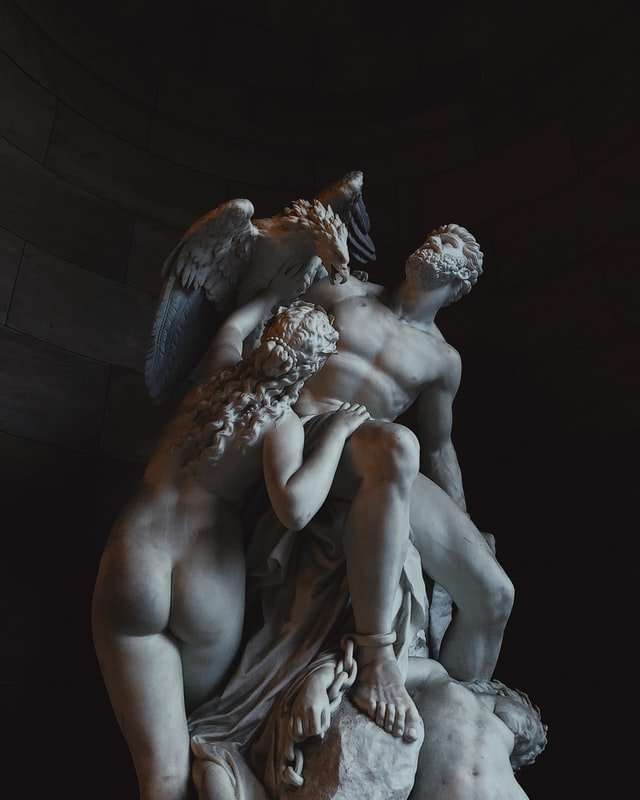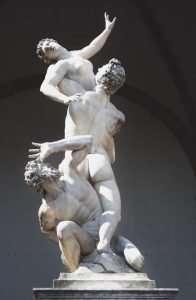The art market is a mysterious place and while it may be tempting to dive right in, it’s important to understand the potential pitfalls and the necessary steps to take to be successful. With the right information and a little bit of know-how, you can begin investing in art with confidence.
With so many different mediums to choose from, you’ll want to start by deciding what type of piece you would like to invest in. From there, you’ll need to know how to recognize quality and authenticity.
You’ll also need to understand how the art market operates so that you can make informed decisions about your investment. For example, if you have $500,000 available for an investment piece, how do you determine whether or not a painting is worth your money?
This blog will help investors at all levels learn how to weigh risk vs reward and discover how the art market works. In it, we will be addressing topics such as:
How to buy artwork for your collection or for investment purposes? What are some of the advantages of buying art? Which types of pieces should I consider for my collection or investment portfolio? How do I decide which artist is best for me? What kinds of pieces should I look out for? What are some red flags that indicate that
Since art is a form of investment, some investors may not be aware that there are many different types of artwork. There are a number of different mediums in which an artist can create, whether it be painting or sculpture or even photography. The idea behind investing in art is to purchase pieces that will increase in value over time. What you want to look for is a piece that has high demand as well as a low supply. If you’re looking to get started as an art investor, here are some tips:
1. Consider the Artwork’s Value to You
The immediate value of an artwork to you is what you paid for it. If you plan on reselling the piece, then think about its resale value and try to balance out the two so that the overall price you pay per square inch of artwork is in line with the rest of the market. How much do you get back if you sell it? What’s its value now? Is it worth more than when you initially bought it?
2. Consider Supply and Demand for the Kinds of Art You’re Interested In
If there’s very little demand for your type of art and lots in supply, then that’s not going to help your chances of making money from your investment. If there
Art can be a profitable investment, but there are several risks to consider. Before you begin buying art as an investment, read the tips below. They will help you determine if art is an appropriate place to put your money.
1. How much money do you have to invest? If you’re looking for an investment that is relatively safe, paintings or sculptures probably aren’t for you. Art tends to be an investment for people who have a lot of excess cash and want a more exciting option than putting it in the bank or buying stock in large companies.
2. Is the artist reputable? It’s important to buy from a reputable gallery or dealer when making art purchases. Reputable galleries and dealers take care to ensure that the pieces they sell are authentic and well-made.
3. Do you have the right space? If you’re thinking of investing in larger pieces, make sure that your home is the right space for them before you buy them. Some may not be easily moved, and others may require extra lighting or other special features that could change how your home looks and feels.
4. Is the piece valuable? Make sure that the piece you’re purchasing has value with collectors before you buy it. Don’t just buy something because it’s pretty; make
How to Buy Art to Make Money: It’s not easy to buy art as a serious investment, but it is possible. The key is to learn how to evaluate the pieces you are interested in. Developing this skill takes time and experience, but there are a few things you can keep in mind when you are ready to start purchasing.
TIP: There are two approaches to buying art for investment purposes. The first is to buy the piece because you love it and want to own it. The other is to buy something that you think will appreciate in value and that you expect will gain value over time. In either case, make sure you have the original sales receipt. This way, if you ever decide to sell the piece, you’ll have some documentation of its value when you purchased it.*
Many people have turned to art investing as a way to diversify their portfolios, but only a few are actually able to cash in on the investment. For example, it is not uncommon for an investor to buy a piece of art for $100,000 and then sell it for $200,000. The profit is quite appealing.
Trying to decide whether or not you should invest in art is more than likely a personal decision that should be based on your individual circumstances. It may be that you love art and want to collect it as an investment or perhaps you want to make some money from buying and selling art. Answering the following questions can help you figure out which route would be best for you:
What kind of investments do I already have?
Are there any restrictions on how I can use the profits?
What kind of security am I getting when I buy a painting?
Do I really have enough space to display all my artwork?
Unfortunately, however, there has been a lot of confusion surrounding art investment, and it is important to understand that there are different kinds of art investments. There is only one type of art investment that is a good idea for the average investor, and that is an investment in singular pieces.
To make better sense of this, let’s consider some examples of collectibles which have become more valuable over time: antique furniture and rare stamps. When you purchase these things as investments you are purchasing them because they are unique and therefore cannot be reproduced. The same logic must be applied to art, because the value of an artist’s work depends on the artist’s signature and style. This means that even though one edition may sell for $5,000 another edition of the same work might sell for $500,000 because it was produced by an artist using a different technique or with a different signature or style.
Treating each individual piece of artwork as a project in itself will put you on the right path towards making smart art investment decisions.
Art can be a great way to diversify one’s portfolio, provide tax benefits, and increase the value of your home. However, it is also important to know that not every investment in art will be profitable.
Prior to making an investment in original art, you should have a clear understanding of your investment goals and how art fits into your plan.
Because an artwork’s success is subjective and difficult to measure, it is important to evaluate the following before investing:
1) What type of artwork are you interested in buying?
2) Do you want to buy art for investment or pleasure?
3) What price range are you willing to spend on art?
4) How long do you plan on keeping the artwork?
5) Are you looking for a particular style or medium?
6) What kind of frame would look best with the art? Is framing necessary?
7) How many pieces of art do you plan on purchasing at one time?
8) Do you want to buy from a gallery or directly from an artist?
9) Does the piece come with a certificate of authenticity from a reputable institution such as The Andy Warhol Foundation for the Visual Arts (AWFVA), Jody Williams Fine Art Authentication (JWFA),


